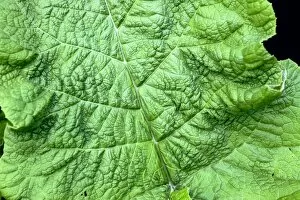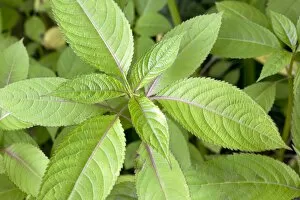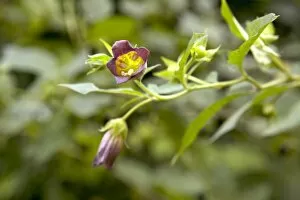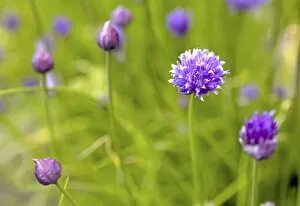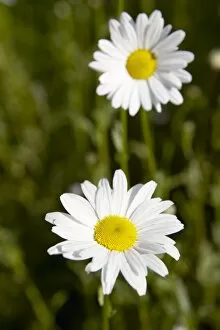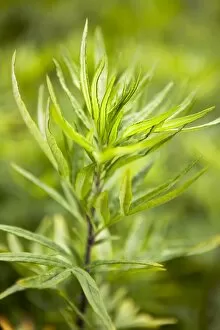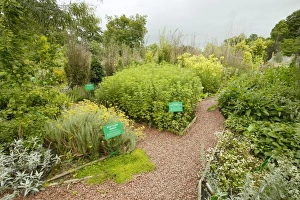Dilston Physic Garden Collection
Discover the enchanting world of Dilston Physic Garden, where nature's healing powers thrive
All Professionally Made to Order for Quick Shipping
Discover the enchanting world of Dilston Physic Garden, where nature's healing powers thrive. Step into a realm of hydroponic cultivation, where sage plants flourish with utmost vitality. Witness the mesmerizing beauty of Aquilegia vulgaris, also known as Columbine, as it dances gracefully in the gentle breeze. Marvel at the resilience of Burdock (Arctium lappa), a plant renowned for its medicinal properties and ability to cleanse toxins from our bodies. But beware. Amidst this botanical wonderland lies Touch-me-not (Impatiens capensis), a delicate flower that shies away from human touch. Unleash your senses with Horseradish (Amoracia rusticana), an aromatic herb that adds zest to any dish. Be captivated by the vibrant hues of Iranian poppy (Papaver bracteatum), whose petals paint a vivid tapestry against the green backdrop. Caution is advised when encountering Deadly nightshade (Atropa belladonna). Its allure may be tempting, but its name speaks volumes about its potent nature. Seek solace instead in Chives (Allium schoenoprasum), their mild onion flavor adding depth to culinary creations. Let Wallflower (Erysimum cheiri) ignite your spirit with its fragrant blossoms and symbolize new beginnings. Embrace simplicity through Ox-eye daisy's (Leucanthemum vulgare) radiant white petals, reminiscent of sun-kissed meadows on warm summer days. Lastly, indulge in Cardoon's (Cynara cardunculus) unique charm - an edible thistle that surprises taste buds with its subtle bitterness and tender texture. Dilston Physic Garden invites you on a journey through time-honored remedies and captivating flora. Immerse yourself in this sanctuary where ancient wisdom meets modern innovation – an oasis for both body and soul.



